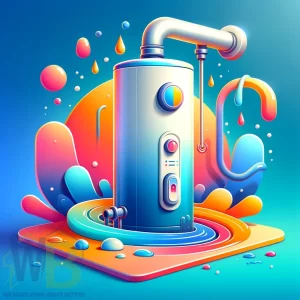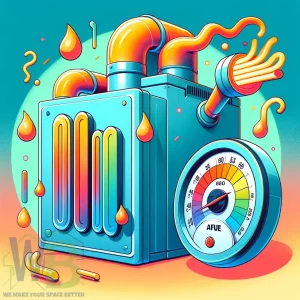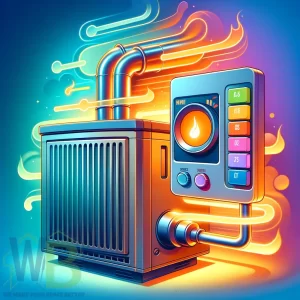An HVAC damper is a movable plate in the ductwork that regulates airflow and redirects it to specific areas of your home or building.
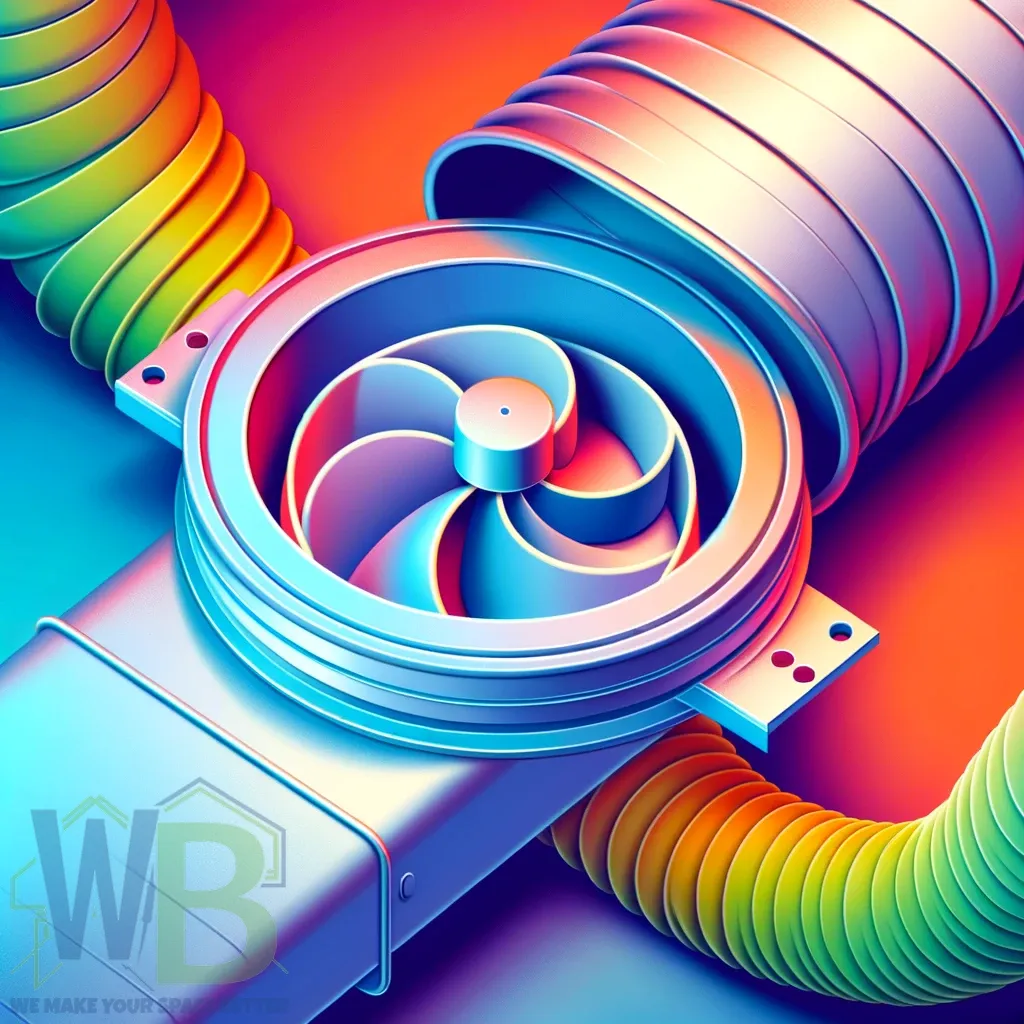
Quick Summary
| Section | Key Points |
|---|---|
| What is an HVAC Damper? | – Movable plate in ductwork – Regulates airflow – Controls air distribution for efficiency |
| Types of Dampers in HVAC | – Manual and automatic – Volume control, fire/smoke, backdraft, zone dampers – Specific functions for each type |
| Dampers Location | – Commonly in ductwork, near air handling units, at ventilation openings – Strategic placement for maximum efficiency |
| How Dampers Work | – Control airflow by opening/closing – Manual or automatic operation – Integral to HVAC system functioning |
| Benefits of HVAC Dampers | – Improved air distribution – Energy efficiency – Enhanced comfort, extended system life, better air quality |
| Disadvantages of Dampers | – Potential for imbalance – Maintenance requirements – Complexity, noise, and cost considerations |
| Final Thoughts | – Balance comfort and efficiency – Importance of proper installation and maintenance – Long-term benefits outweigh costs |
Purpose and Importance
The main purpose of an HVAC damper is to control and balance the airflow in different parts of a building. This isn’t just about comfort; it’s also about efficiency.
By directing air only where it’s needed, dampers help your HVAC system work smarter, not harder. This means rooms get the right air at the right temperature without overworking the system.
How It Fits into Your HVAC System
Think of your HVAC system as a network of roads, with air traveling along them. Dampers are the intersections and turn-offs. They can open or close to control the flow of air, much like a traffic signal controls the flow of cars.
Some dampers are manual, which means you adjust them by hand, while others are automatic and can be controlled by your HVAC system.
An HVAC damper is crucial for efficient heating and cooling. It helps ensure that air is distributed evenly and goes exactly where it’s needed in your building.
Types of Dampers in HVAC
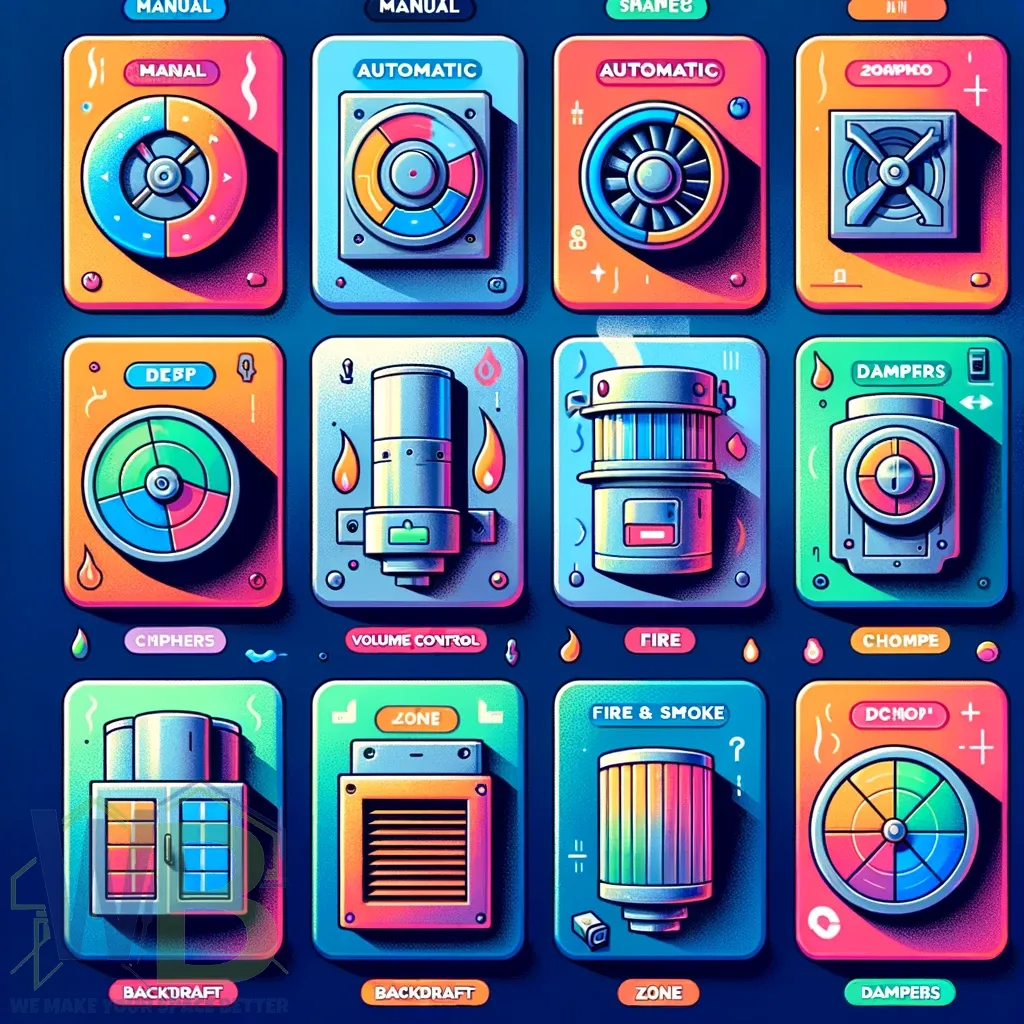
In the world of HVAC, not all dampers are the same. There are several types, each designed for a specific purpose and function. Let’s explore the most common types of HVAC dampers.
1. Manual and Automatic Dampers
The two main categories of dampers are manual and automatic. Manual dampers are adjusted by hand. They’re simple and cost-effective, but they don’t offer the convenience of automatic adjustment. On the other hand, automatic dampers are controlled by the HVAC system itself. They adjust based on the system’s needs, making them more efficient and user-friendly.
2. Volume Control Dampers
Volume Control Dampers (VCDs) are designed to regulate airflow in the HVAC system. They can be either manual or automatic. VCDs are essential for balancing air distribution in different parts of a building. Adjusting the air volume ensures that each area receives the right amount for optimal comfort.
3. Fire and Smoke Dampers
Safety is a top priority in HVAC design, and that’s where fire and smoke dampers come in. These dampers automatically close in the event of a fire to prevent the spread of flames and smoke through the ductwork. Fire dampers are activated by heat, while smoke dampers respond to smoke detection. Both types are critical for safety in commercial and large residential buildings.
4. Backdraft Dampers
Backdraft dampers are designed to allow air to flow in one direction and prevent it from flowing backward. These are especially important in exhaust systems, like kitchens and bathrooms, to prevent outside air or contaminants from entering the building.
5. Zone Dampers
Zone dampers are used in zoning systems to control the temperature in different areas or “zones” of a building. Each zone can have its thermostat, and the dampers open or close based on specific heating or cooling needs. This type of damper is great for improving comfort and energy efficiency.
Dampers Location
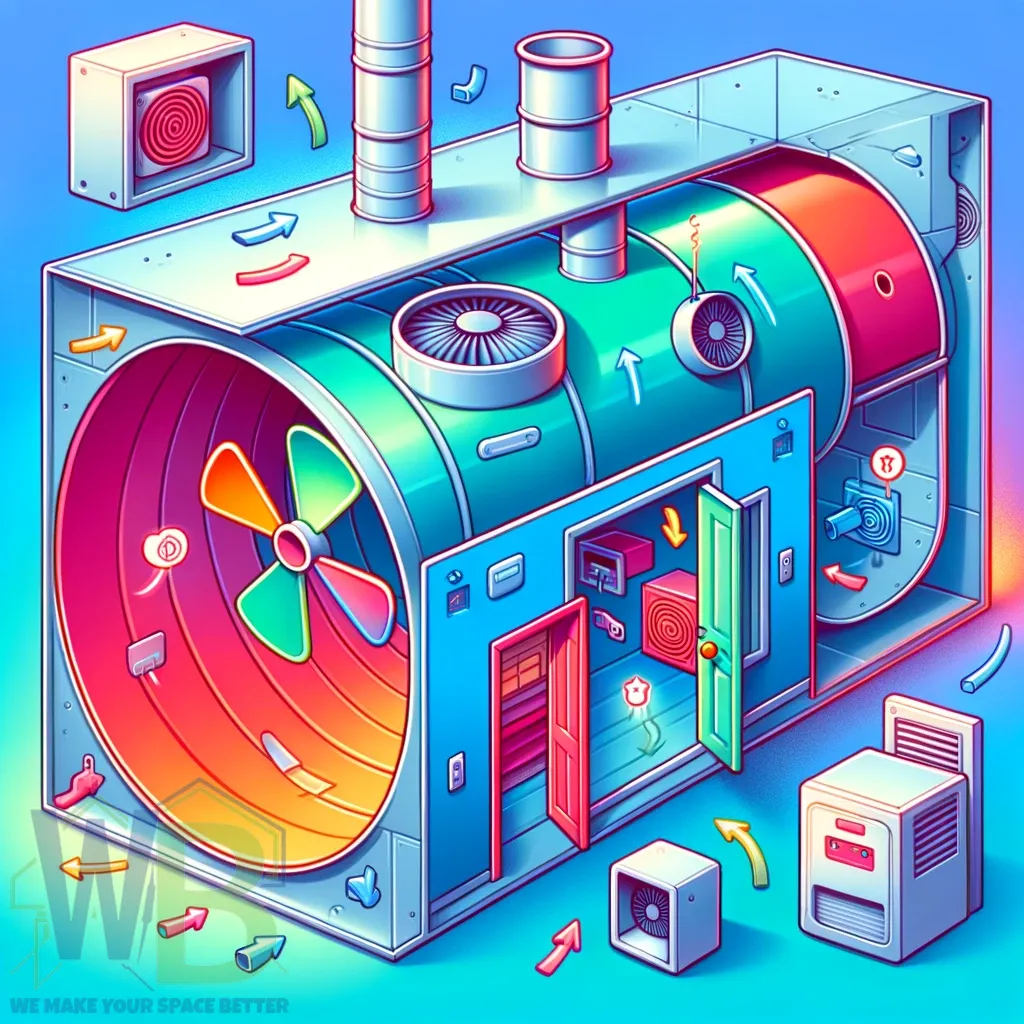
Where are Dampers Located? Knowing where dampers are located in your HVAC system is key to understanding how they function and affect indoor comfort. Let’s explore the common locations for dampers in HVAC systems.
In the Ductwork
The most common place to find dampers is inside the ductwork. This is where they do their main job of controlling airflow. In residential systems, you’ll often see them near the central air handler or at the beginning of large branch ducts. Commercial buildings typically spread throughout the duct system to allow for more precise control over different areas or floors.
Near Air Handling Units
Dampers are often installed close to air handling units (AHUs). This location is strategic because it efficiently regulates air entering or exiting the unit. It’s critical for controlling temperature and ensuring the air handling unit operates at peak efficiency.
At Ventilation Openings
Some dampers, especially backdraft dampers, are located at ventilation openings. This includes places like exhaust vents in kitchens or bathrooms. Their job is to prevent external air or elements from flowing back into the building. It’s all about maintaining the right balance and quality of indoor air.
Specialty Locations for Fire and Smoke Dampers
Fire and smoke dampers have specific location requirements. They’re usually installed in ducts that pass through fire-rated barriers like walls or floors. This is to ensure that in case of a fire, they can effectively block the spread of flames and smoke, helping to protect the building’s occupants and structure.
How Dampers Work in HVAC
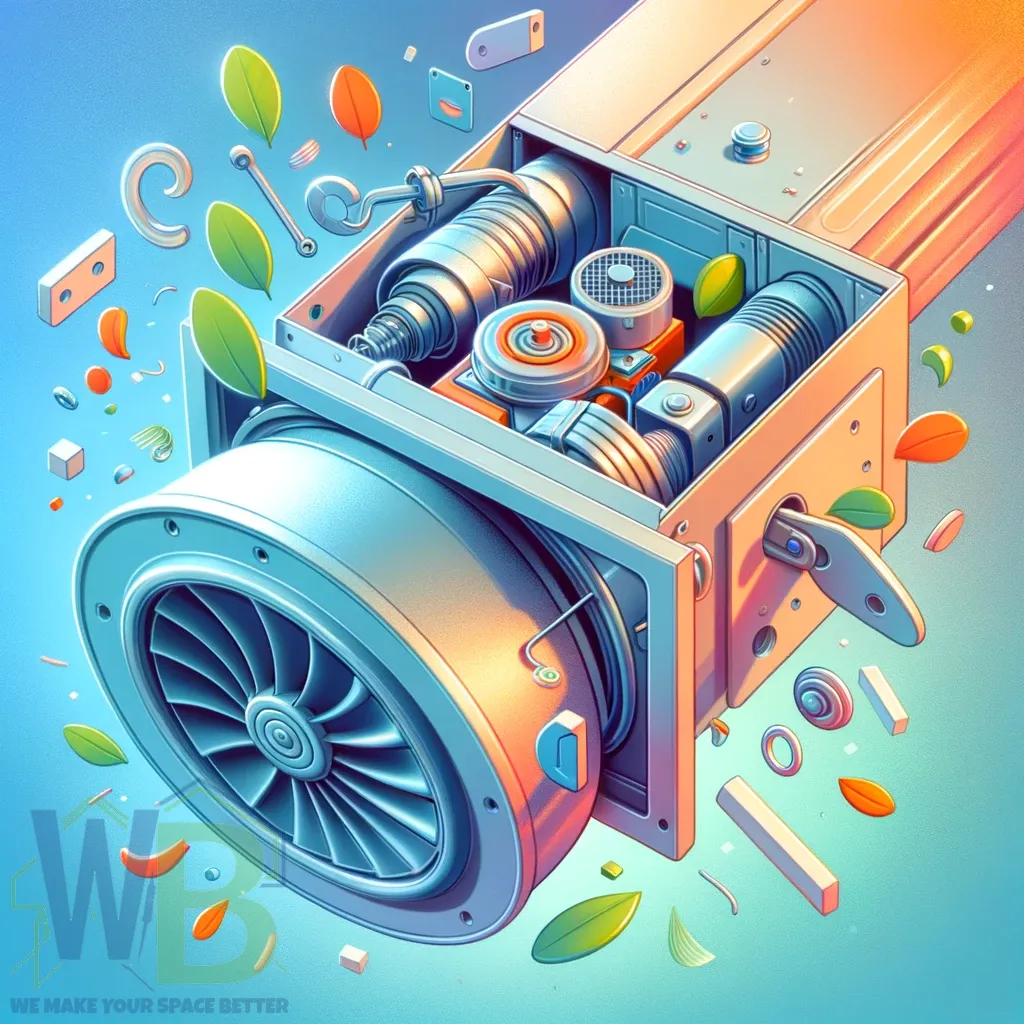
Understanding how dampers work in an HVAC system is essential for appreciating their role in maintaining comfort and efficiency. Let’s break down the mechanics of damper operation.
Basic Functioning
At its core, a damper is a plate that opens and closes within the ductwork. Changing its position controls the amount of air that passes through. When the damper is open, air flows freely. When closed, the air is completely stopped or significantly reduced. This simple mechanism is key to directing airflow to different areas.
Control Methods
Dampers can be controlled manually or automatically. Manual dampers are adjusted by hand, usually with a lever or a handle accessible from a vent or a small opening in the ductwork. Automatic dampers are connected to the HVAC system’s control unit. They adjust based on the signals they receive, like temperature or air pressure changes or specific commands from a thermostat.
Interacting with the HVAC System
In a larger view, dampers work in concert with other HVAC components. In a zoning system, for example, they interact with multiple thermostats to regulate air flow to different zones. Safety applications like fire and smoke dampers are part of a broader safety system, closing automatically in response to danger signals like smoke or high heat.
The Role of Motors and Actuators
Automatic dampers use motors and actuators to open and close. The actuator is a motor that responds to electrical signals from the control system. It’s what physically moves the damper into position. These components are crucial for precise and responsive control, especially in complex HVAC systems.
Benefits of HVAC Dampers
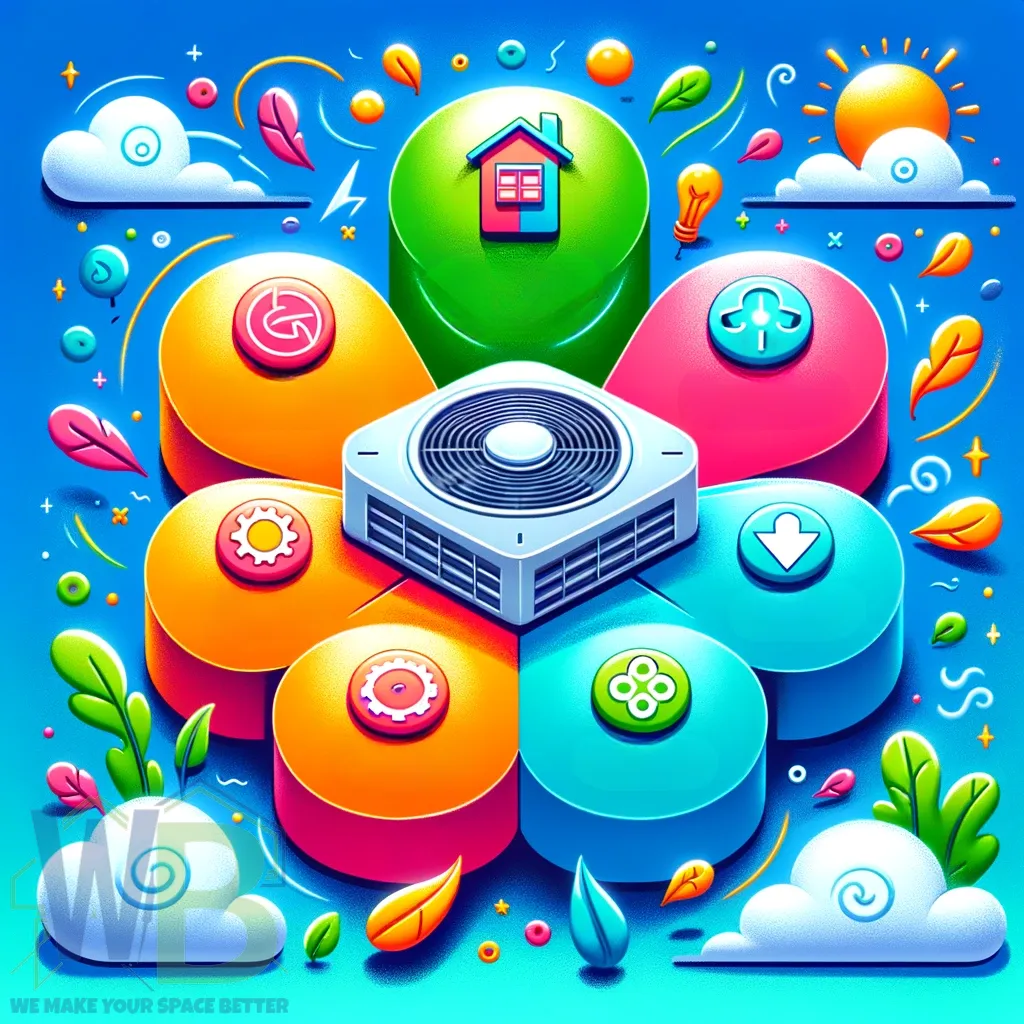
HVAC dampers are crucial in enhancing the performance and efficiency of your heating, ventilation, and air conditioning systems. Let’s explore the key benefits they offer.
Improved Air Distribution
One of the primary advantages of HVAC dampers is the improved air distribution throughout a building. They ensure that each room or zone receives the right air at the right temperature. This leads to more even and comfortable temperatures in all areas, eliminating hot or cold spots.
Energy Efficiency
Dampers reduce the unnecessary heating or cooling of unoccupied spaces by directing air only where needed. This targeted approach means the HVAC system doesn’t have to work as hard, leading to lower energy consumption and reduced energy bills.
Enhanced Comfort and Control
With the help of dampers, particularly in zoning systems, individuals can control the temperature in different areas according to their preferences. This personalized control translates to enhanced comfort for occupants, whether it’s in a residential or commercial setting.
Extended HVAC System Life
Dampers help in reducing the overall strain on your HVAC system. By managing airflow more effectively, they prevent the system from overworking, which can prolong the life of your HVAC equipment. This means fewer repairs and a longer period before replacing the system.
Better Indoor Air Quality
Proper air distribution also plays a role in maintaining good indoor air quality. Dampers help evenly circulate air, reducing the chances of stale air pockets. This is especially important in larger buildings where air quality can significantly impact occupant health and comfort.
Disadvantages of Dampers in HVAC
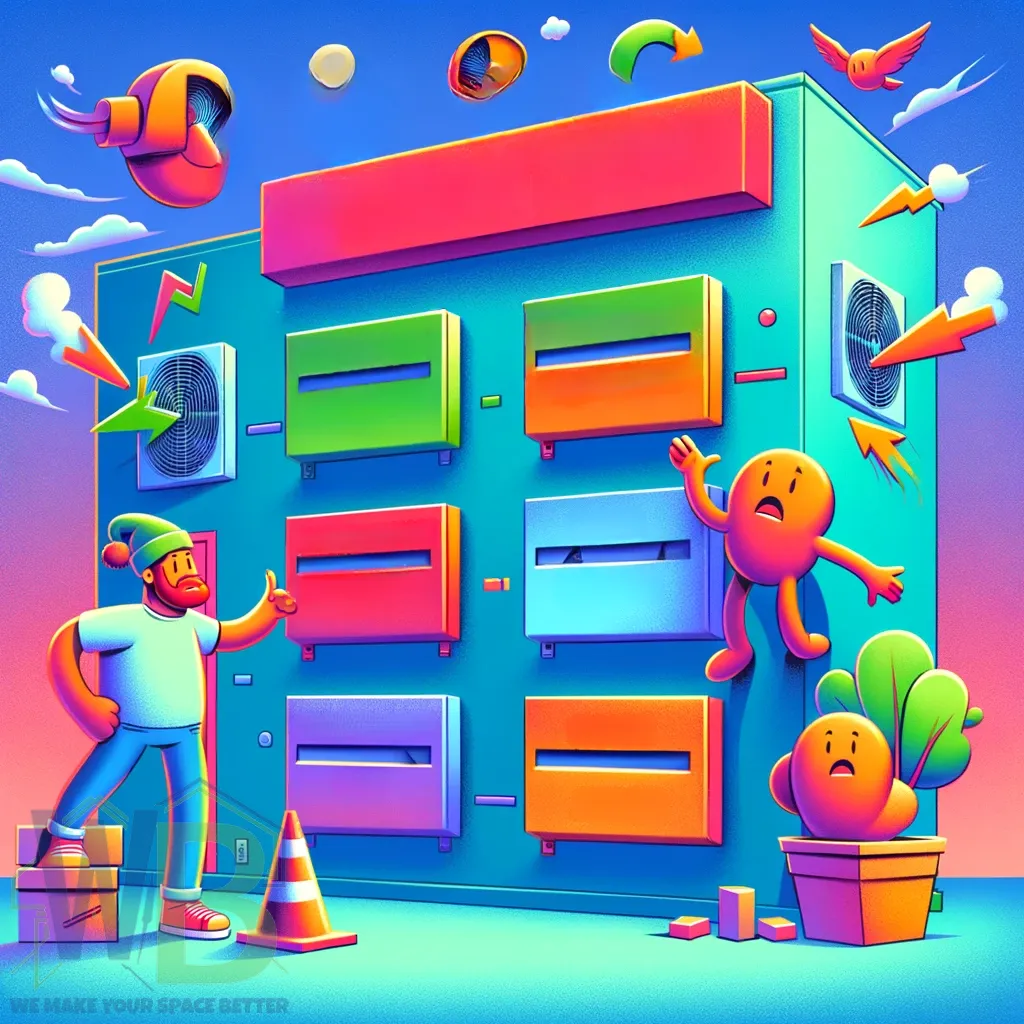
While HVAC dampers offer numerous benefits, knowing their potential drawbacks is important. Let’s discuss some of the disadvantages.
Potential for Improper Balancing
One of the challenges with dampers is achieving and maintaining proper air balance. If dampers are not correctly adjusted, it can lead to uneven heating or cooling, resulting in discomfort in certain areas. This is particularly true in systems with manual dampers requiring more effort to fine-tune.
Maintenance Requirements
Dampers, especially manually operated ones, need regular maintenance to function correctly. Neglecting this maintenance can lead to issues like stuck dampers, which can significantly affect the efficiency of the HVAC system.
Increased Complexity
Incorporating dampers, especially automated ones, adds complexity to an HVAC system. This means more components that can fail and potentially higher repair costs. While the advantages of dampers often outweigh these concerns, it’s something to consider, particularly for more complex zoning systems.
Noise Issues
Sometimes, dampers can contribute to noise within the ductwork, especially if they are improperly sized or installed. This noise can be a nuisance, particularly in quiet environments like homes or offices.
Cost Implications
Installing dampers, particularly automated or specialized types like fire and smoke dampers, can add to the initial cost of an HVAC system. While they can lead to long-term savings, the upfront investment is something to consider.
HVAC Dampers: Final Thoughts
As we wrap up our discussion on HVAC dampers, they are vital in any heating, ventilation, and air conditioning system. Let’s summarize the key points and consider the overall impact of dampers on HVAC efficiency and comfort.
Balancing Comfort and Efficiency
Dampers play a critical role in balancing comfort and efficiency. They allow precise control over air distribution, ensuring that each building area receives the right amount of heating or cooling. This balance is crucial for creating comfortable living and working environments while optimizing energy usage.
Importance of Proper Installation and Maintenance
The effectiveness of dampers heavily relies on their proper installation and regular maintenance. To reap the full benefits, it’s essential to ensure that dampers are correctly sized, installed, and periodically checked for optimal functioning. Regular maintenance helps in preventing common issues like imbalances or stuck dampers.
Considering the Cost-Benefit
While upfront costs are associated with installing and maintaining dampers, especially automated ones, the long-term benefits often outweigh these initial expenses. Reduced energy bills, improved comfort, and extended HVAC system life are significant advantages that make dampers a worthwhile investment.
Adapting to Building Needs
Every building has unique heating and cooling needs, and dampers offer the flexibility to meet these diverse requirements. Whether a small residential home or a large commercial complex, dampers can be tailored to enhance the HVAC system’s performance in any setting.

